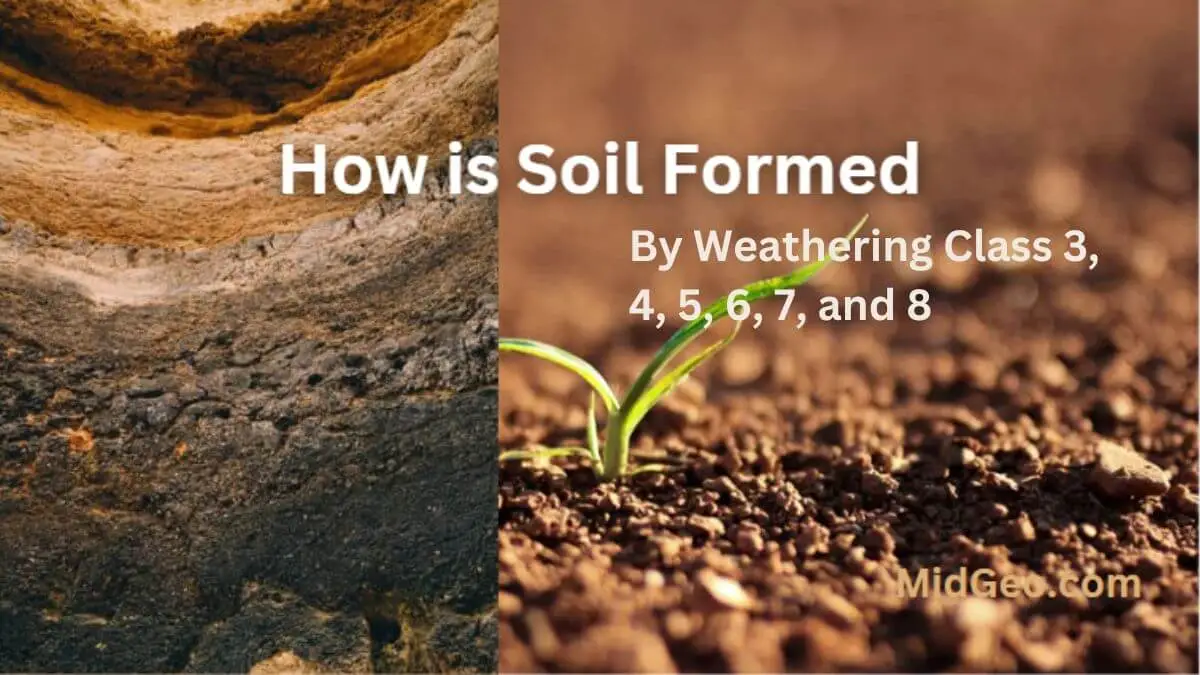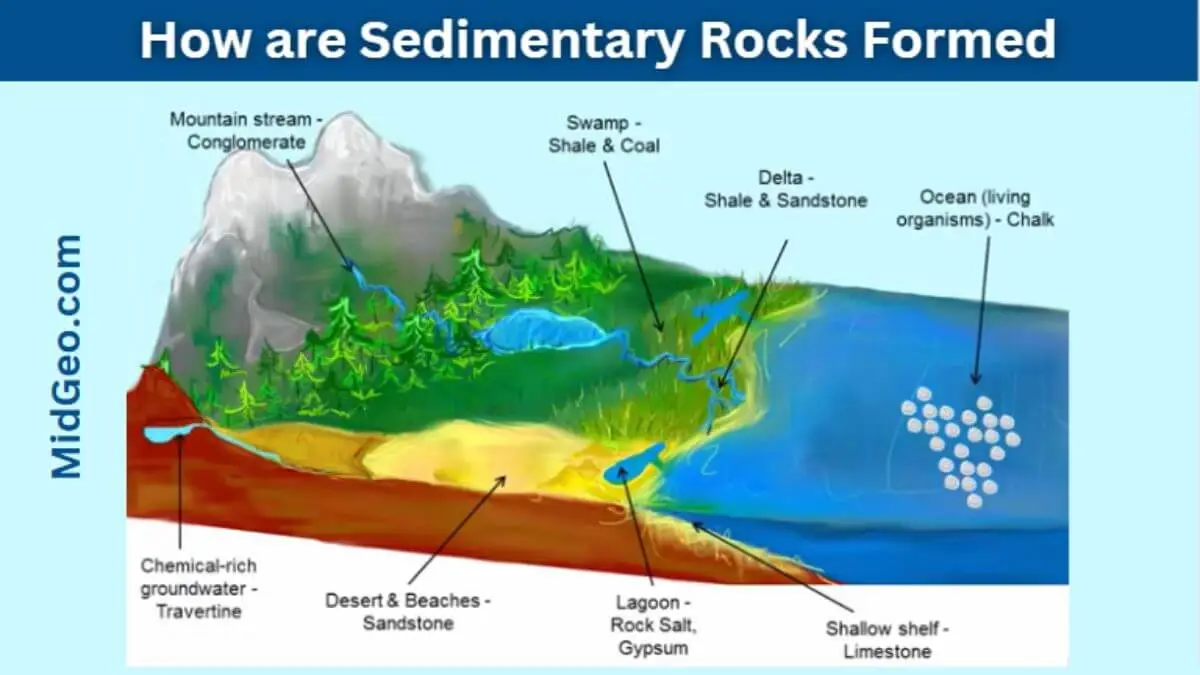
Why is a Delta Often Used as an Agricultural Area? Deltas are one of the most fertile areas on Earth, and they are often used as agricultural areas. These areas are formed at the mouth of a river, where the river flows into a larger body of water, such as an ocean or a sea.
Deltas are characterized by their flat, low-lying terrain and their nutrient-rich soils, which make them ideal for growing crops. In this article, we will explore the reasons Why is a Delta Often Used as an Agricultural Area? and their importance in the field of agriculture.
Why is a Deltas Often Used as an Agricultural Area?
Deltas are often used as agricultural areas for several reasons:
- Fertile Soil: The soil in deltas is rich in nutrients, such as nitrogen and phosphorus, which are essential for plant growth. The sediments deposited by the river as it flows into the sea form a layer of nutrient-rich soil that is ideal for growing crops.
- Water Supply: Deltas are typically located near large bodies of water, such as oceans or seas, which provide a reliable source of water for irrigation. The water in these bodies is often brackish or saline, which can be challenging to use for drinking or industrial purposes. However, it is suitable for agriculture, and it can support the growth of crops.
- Climate: Deltas typically have a warm, humid climate, which is ideal for growing crops. The warm temperatures and high humidity provide optimal conditions for plant growth, and the abundant rainfall in these areas reduces the need for irrigation.
- Infrastructure: Deltas are often located near major cities and transportation hubs, which makes it easier to transport crops to market. The presence of infrastructure such as roads, ports, and airports makes it easier to transport crops from the farm to the market, reducing transportation costs and increasing profitability for farmers.
- 10 Importance of Geography in the World: Why Studying Geography Matters for Individuals and Nations
- World Environment Day 2025: Date, Theme, and Significance
- Relative vs. Absolute Location | Definition & Examples
- What is a Beach? How Are Beaches Formed?
- List of Landforms A to Z on Earth
The Significance of Deltas in Agriculture
Deltas are significant in the field of agriculture for several reasons:
- Food Security: Deltas provide a reliable source of food for the world’s population. The crops grown in these areas are an essential source of food for millions of people, and they help to ensure food security in many regions of the world.
- Economic Development: Agriculture is an essential sector in many economies, and deltas provide a significant contribution to the economy of many countries. The crops grown in these areas are a vital source of income for farmers and contribute to the GDP of many countries.
- Environmental Benefits: Agriculture in deltas can have significant environmental benefits. The crops grown in these areas can help to reduce soil erosion, improve water quality, and provide habitats for wildlife.
Frequently Asked Questions: Why is a Delta Often Used as an Agricultural Area?

Q.1: Are all deltas suitable for agriculture?
A. Not all deltas are suitable for agriculture. The suitability of a delta for agriculture depends on several factors, such as soil quality, water availability, and climate.
Q.2: What crops are typically grown in deltas?
A. The crops grown in deltas vary depending on the region, but common crops include rice, wheat, maize, soybeans, and cotton.
Q.3: Are there any challenges associated with agriculture in deltas?
A. Yes, agriculture in deltas can be challenging. Flooding, saltwater intrusion, and soil erosion are some of the challenges associated with agriculture in deltas.
Deltas are essential areas for agriculture, providing a reliable source of food, contributing to economic development, and offering significant environmental benefits. The fertile soil, water supply, climate, and infrastructure make deltas ideal for growing crops, and they play a vital role in ensuring food security for millions of people.





